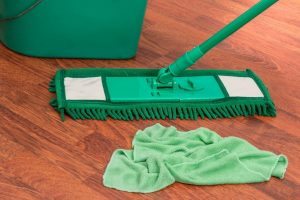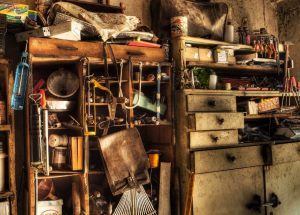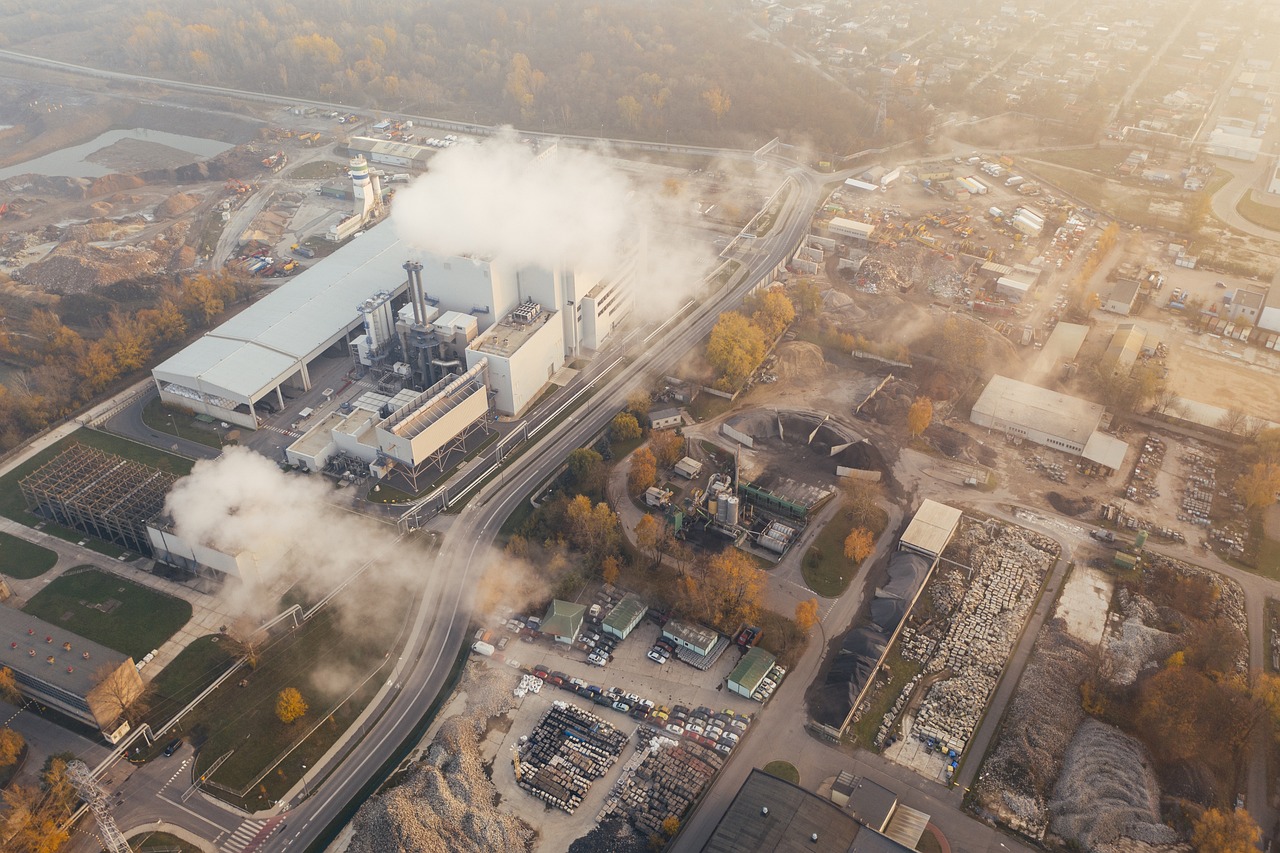
Navigating Hanoi’s bustling streets? Don’t forget the most important piece of gear for protecting your lungs – a high-quality pollution mask. Whether you’re commuting by motorbike, bicycle, or on foot, Hanoi’s air pollution poses a serious threat to your health.
Why Commuters Need Extra Protection
Commuters in Hanoi are particularly vulnerable to the harmful effects of air pollution. Spending hours each day exposed to traffic fumes and dust can take a toll on your respiratory system. Motorbike riders, in particular, inhale a concentrated dose of pollutants as they weave through traffic.
A pollution mask acts as a barrier between you and the harmful particles in the air, filtering out PM2.5, dust, exhaust fumes, and other pollutants. This is crucial for protecting your lungs and overall health, especially if you spend a significant amount of time commuting in Hanoi.
Choosing the Right Mask for Your Commute
Not all masks are suitable for commuting. Here’s what to look for in a mask that will keep you safe and comfortable on your daily journey:
- High Filtration Efficiency: Look for masks that filter out at least 95% of PM2.5 particles. N95, FFP2, or KN95 masks are good options.
- Breathability: Choose a mask that allows for easy breathing, especially if you’re physically active during your commute.
- Comfort: A mask that fits well and doesn’t irritate your skin will make your commute more enjoyable.
- Durability: Invest in a mask that can withstand daily wear and tear.
Additional Tips for Commuters
- Check the Air Quality: Before heading out, check the air quality index (AQI) for Hanoi. If the AQI is high, consider taking alternative transportation or adjusting your route to avoid heavily polluted areas.
- Wear Your Mask Properly: Make sure your mask fits snugly over your nose and mouth to prevent pollutants from leaking in.
- Replace Your Filters Regularly: Most masks have replaceable filters. Follow the manufacturer’s instructions for replacing filters to ensure optimal protection.
- Clean Your Mask: If your mask is reusable, clean it regularly according to the manufacturer’s instructions.
If you’re looking for a mask specifically designed for motorbike riders, check out our article ‘Hanoi’s Motorbike Madness: The Best Masks for Two-Wheeled Commuters.’


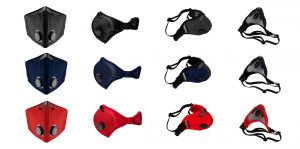

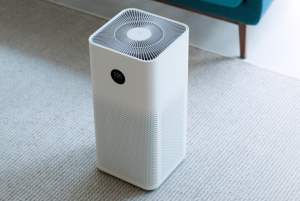


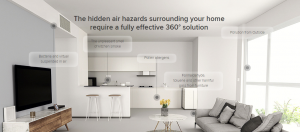
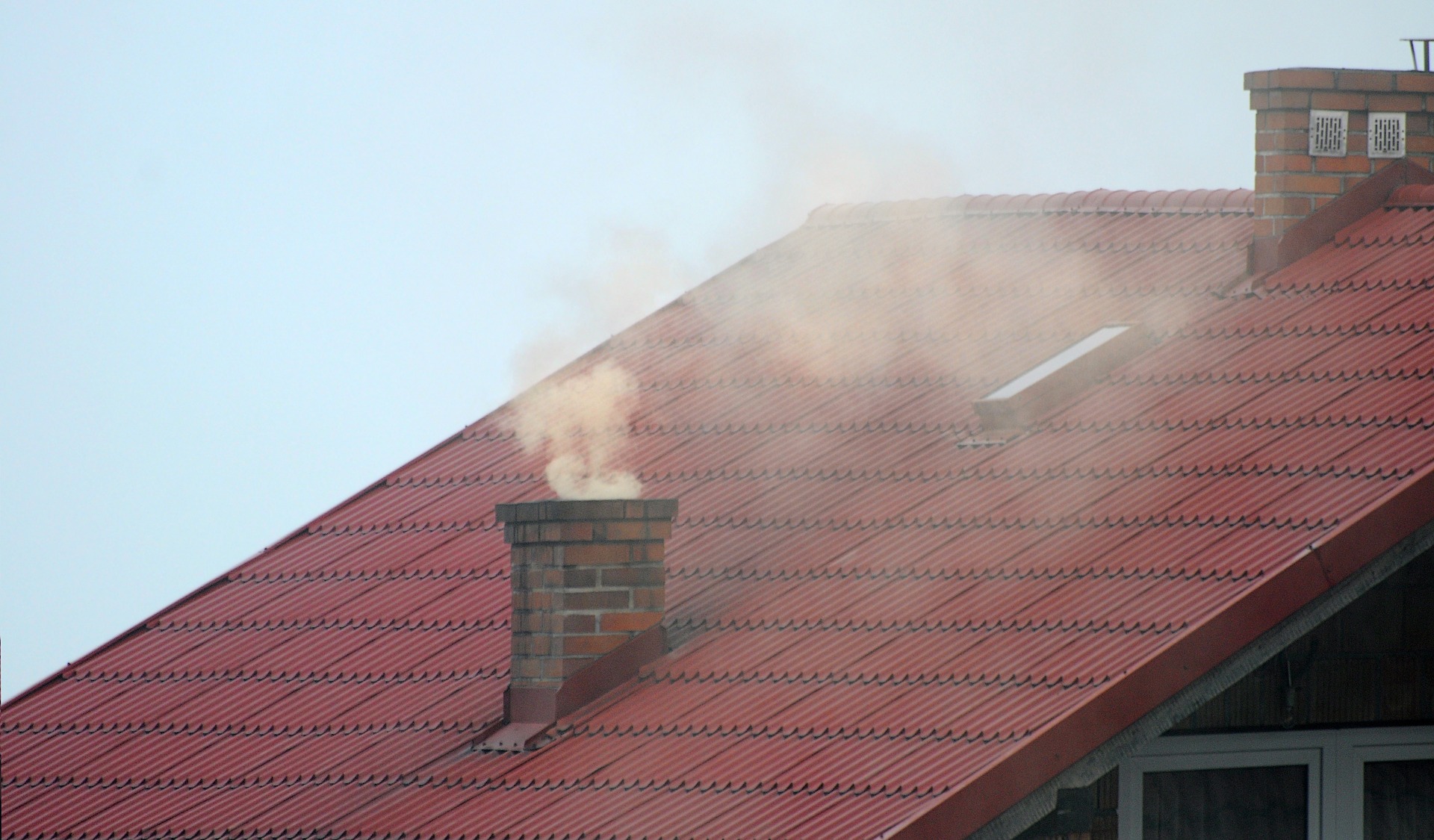
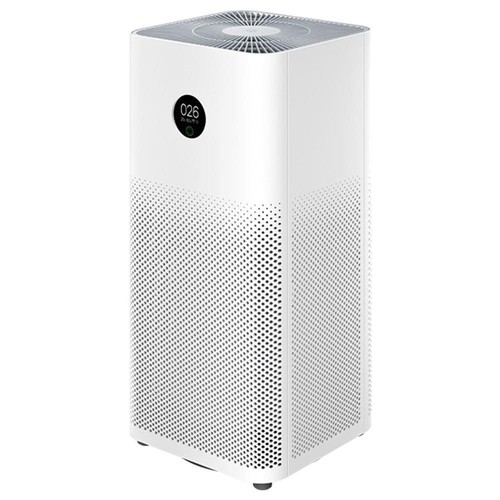 2. Dusting often and vacuuming all the particles inside will help, but a HEPA purifier will help even more. Getting a purifier in your area is getting easier and cheaper. Send us a
2. Dusting often and vacuuming all the particles inside will help, but a HEPA purifier will help even more. Getting a purifier in your area is getting easier and cheaper. Send us a 


